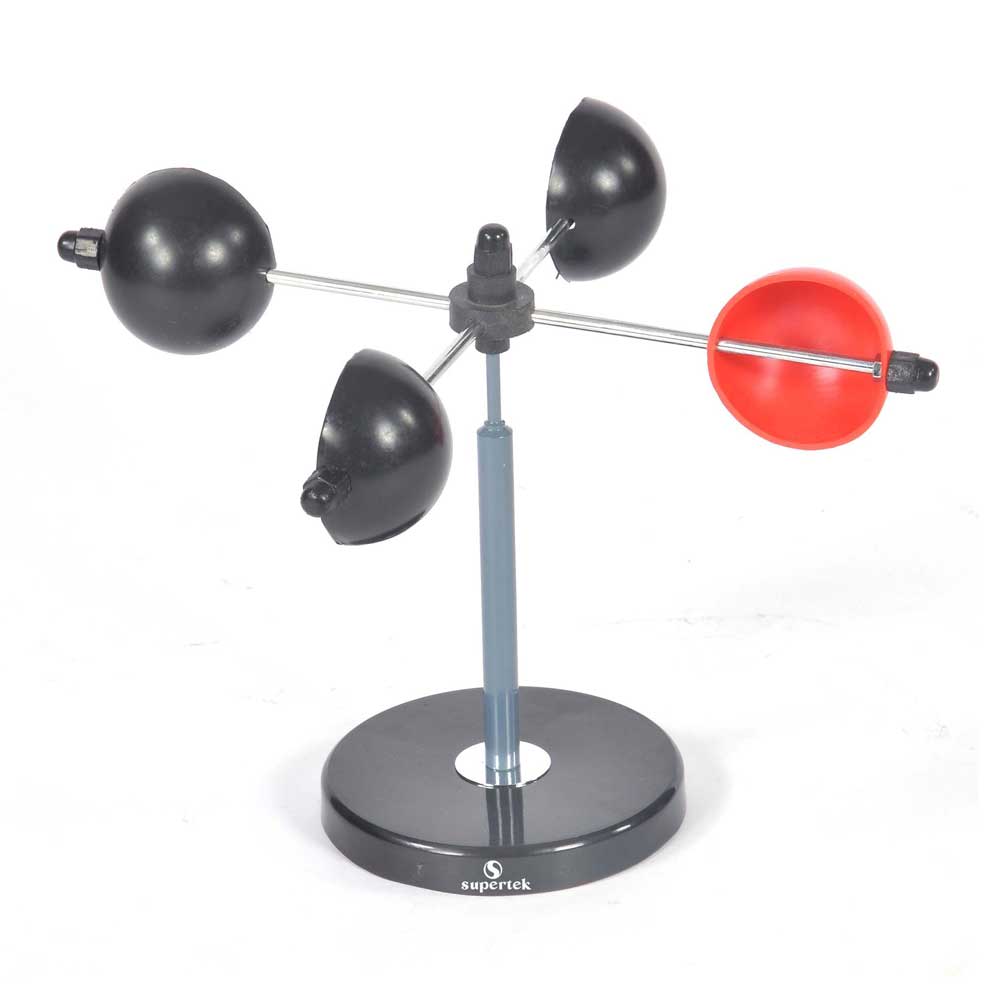Anemometers Revealed: Understanding Their Value in Environmental Surveillance and Precaution
The role of anemometers in ecological surveillance and safety actions is commonly ignored, yet their relevance is undeniable. From weather forecasting to aviation safety and security, anemometers play an important duty in supplying precise information that educates decision-making processes and boosts general safety and security.
Background of Anemometers
The development of anemometers can be traced back to the old worlds where fundamental wind gauging devices were first utilized. One of the earliest known anemometers was the hemispherical cup anemometer developed by Leon Battista Alberti in the 15th century.
Over the years, innovations in technology led to the advancement of more modern-day anemometers, consisting of ultrasonic anemometers and laser Doppler anemometers, providing boosted precision and effectiveness in determining wind speed and direction. The history of anemometers showcases an impressive journey of technology and progress in the area of meteorology.
Kinds Of Anemometers
Throughout the field of weather forecasting, various sorts of anemometers have actually been created to precisely measure wind speed and direction. One of the most usual kind is the cup anemometer, which contains three or 4 mugs placed on straight arms that rotate with the wind. As the mugs rotate, the rate at which they revolve is straight symmetrical to the wind speed. One more extensively used type is the vane anemometer, which features a tail or fin that straightens itself with the wind direction. This placement enables the tool to identify the wind direction. Sonic anemometers make use of ultrasonic signals to measure wind rate and direction precisely. They are commonly used in study applications due to their high accuracy. Hot-wire anemometers operate based on the concept that the cooling impact of wind on a warmed cord is proportional to the wind speed. These anemometers are appropriate for measuring reduced wind rates with high accuracy. Each sort of anemometer has its strengths and is picked based on the certain needs of the monitoring job handy.
Applications in Weather Forecasting
Having actually talked about the different types of anemometers used in weather forecasting for gauging wind speed and instructions, it is necessary to explore their functional applications in the field. Anemometers play a critical duty in meteorology by supplying real-time and accurate data on wind problems (anemometer). Meteorologists make use of anemometers to keep an eye on wind speed and instructions to additional reading forecast weather condition patterns, problem cautions for severe weather condition occasions like storms, tornadoes, and hurricanes, and analyze climatic conditions for aeronautics safety and security
In meteorology, anemometers assist in comprehending regional and regional wind patterns, which are essential for anticipating weather modifications and establishing weather fads. These gadgets are additionally used in study to study microclimates, metropolitan heat islands, and air pollution dispersion. Furthermore, anemometers are utilized in farming to optimize find plant administration practices, such as irrigation and pesticide application, based upon wind problems.
Value in Aviation Safety
An important aspect of guaranteeing aviation safety and security depends on the meticulous tracking of wind problems using anemometers. Anemometers play an essential role in aviation by providing real-time information on wind rate and instructions, aiding pilots in making educated decisions throughout take-off, trip, and touchdown. Unforeseeable and strong winds can significantly affect aircraft operations, making it necessary for air travel authorities to rely upon accurate wind dimensions to ensure the safety of travelers and staff.

In the dynamic environment of aviation, where even minor modifications in wind speed and instructions can have extensive results, anemometers stand as crucial devices for advertising safe and safe flight.
Function in Environmental Research Study
Anemometers play a crucial function in environmental study by giving crucial data on wind rate and direction. By accurately measuring wind qualities, anemometers assist scientists analyze the motion of contaminants in the air, evaluate the effect of commercial discharges, and anticipate the spread of contaminants in the atmosphere.


Conclusion
In conclusion, anemometers have played a crucial role in ecological monitoring and safety and security procedures. Understanding the relevance of anemometers is necessary for precisely measuring wind speed and instructions, which is crucial for anticipating weather condition patterns, guaranteeing safe aviation operations, and carrying out ecological studies.
One of the earliest recognized anemometers was the hemispherical cup anemometer created by Leon Battista Alberti in the 15th century. Over the years, advancements in technology led to the advancement of more contemporary anemometers, consisting of ultrasonic anemometers and laser Doppler anemometers, offering increased accuracy and performance in gauging wind rate and instructions. Hot-wire anemometers run based on the concept that the cooling result of wind on a warmed cord is proportional to the wind speed. Meteorologists use anemometers to useful source keep track of wind speed and instructions to forecast weather patterns, issue cautions for severe climate occasions like tornadoes, cyclones, and tornados, and analyze climatic conditions for aviation safety.
Recognizing the relevance of anemometers is crucial for properly measuring wind speed and direction, which is crucial for forecasting weather condition patterns, making certain risk-free air travel operations, and performing environmental researches. (anemometer)